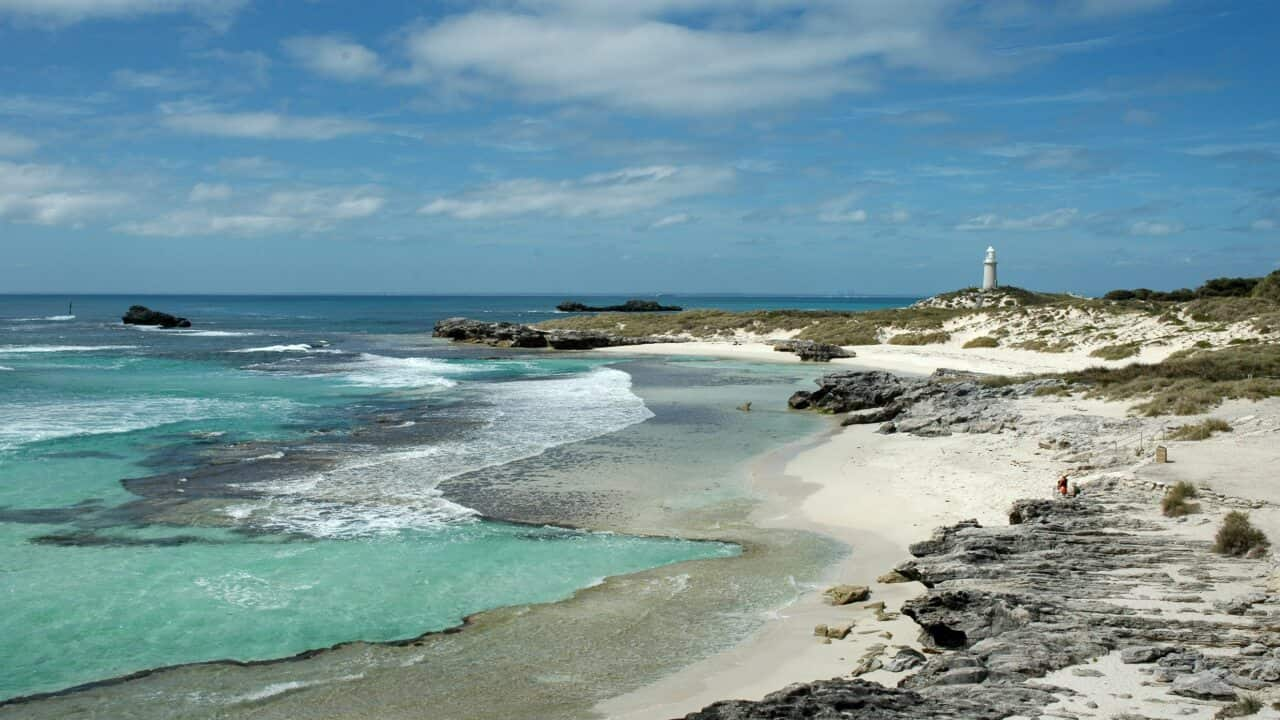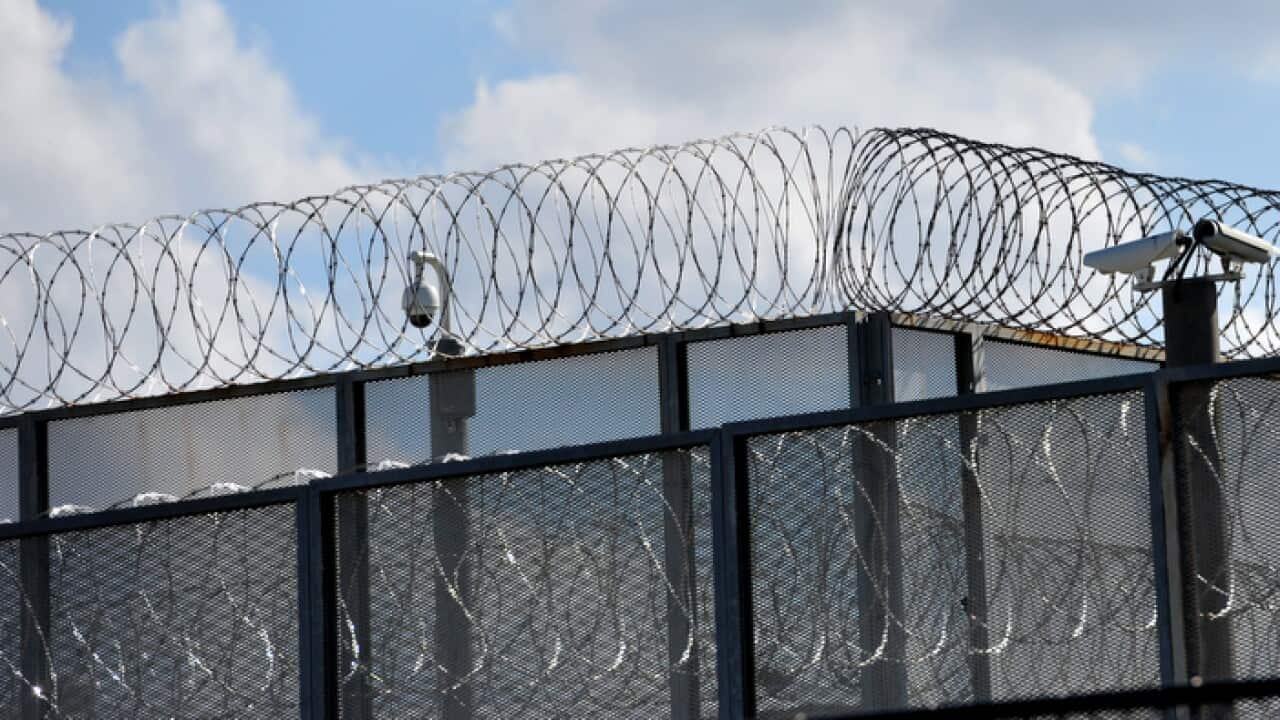Warning: this article discusses distressing themes.
Western Australia's 'holiday island' is beginning to acknowledge its painful past as an Aboriginal prison and the site of Australia's biggest loss of life through deaths in custody.
Input from with the Wadjemup Aboriginal Reference Group (WARG) will soon see Noongar language names replace a number of existing road names on the island.
Chair of the group, Noongar woman Pamela Thorley told NITV News that Vincent Way, named after the superintendent of the island’s Aboriginal prison Henry Vincent (known for his brutal treatment of inmates) would soon be renamed Nyi Nyi Bidi.
The road’s new name means “The Crying Road” in Noongar.
“It’s a new beginning on the island with the recognition of the original place names. For Aboriginal people and the Traditional Owners it’s important that we don’t forget the past, but recognise the past and what occurred there,” Ms Thorley said.
The street is one of the most prominent on the island, and with its cottages that date back to the 1840s, it is understood to be the oldest intact colonial streetscape in Australia.
Ms Thorley said she was pleased not only with the consultation that was happening with Noongar people but also with Aboriginal people across the state.
“Working with the Department of Premier and Cabinet, we’ve been able to reach out to people with ancestors buried on the island,” she said.
She said it was one of several roads being re-named, and further consideration of the names of sites on the island was underway.
“As a kid growing up, it was a place I couldn’t go, so this new focus means it can be a place of healing,” Ms Thorley said.
A violent history
The last decade and a half has seen a slow acknowledgement of the site's painful history: fifteen years ago, camping on Rottnest Island’s Aboriginal burial ground was stopped; in 2018, the prison cells were no longer used as tourist accommodation; and just eight months ago the state government gave a public apology for the pain caused by the concealment of the island’s history as a place of incarceration.
Wadjemup, or Rottnest Island, was used as a prison for Aboriginal men and boys between 1838 and 1931.
After the violent dispossession of their land, these men were often sent to Wadjemup from across the state for crimes that made little sense to them and their way of living on Country.
At least 3670 Aboriginal men and boys were incarcerated there, and more than 370 Aboriginal men and boys who died on the island are buried there in unmarked graves. The Rottnest Island Authority launched it’s ‘Innovate’ Reconciliation Action Plan in November of 2021.
The Rottnest Island Authority launched it’s ‘Innovate’ Reconciliation Action Plan in November of 2021.

Aboriginal prisoners at Rottnest Island in 1893. Source: WA State Library
The WA government offered an apology that acknowledged that many past practices of those entrusted with management of the island were not respectful of Aboriginal peoples or the cultural significance of the Island.
Before the pandemic, the island had become a popular destination for international tourists but few would have noticed the windowless holding cell that Aboriginal men and boys were previously held in, right on Rottnest Beach, which hid in plain sight.
A nine metre high welcome statement at the main arrival and departure point on Wadjemup, which recognises the brutal history and incarceration of Aboriginal men and boys that occurred on the Island between 1838 and 1931 was installed in late 2021. While symbolic in nature, the obvious acknowledgement of this part of the island’s past was new for the island visited by hundreds of thousands of tourists each year.
While symbolic in nature, the obvious acknowledgement of this part of the island’s past was new for the island visited by hundreds of thousands of tourists each year.

Artists Sharyn Egan and Jahne Rees with the welcome statement piece. Source: Supplied
The first regular Aboriginal cultural tours on the island only began in 2019 and following a refurbishment the island’s museum, it recently reopened with its new name Wadjemup Museum, recognising the Noongar name of the island.
The stories of some of the men and boys who survived their time on the island are currently being told as part of a temporary exhibition titled ‘The Survivors of Wadjemup’.
The exhibition includes a short film documenting the journey of survival of descendant families.
The State Government’s Wadjemup Project is part of a strategy to formally acknowledge and reconcile the island’s Aboriginal prison history.
Through the project it is anticipated methods to commemorate the Aboriginal men and boys who are buried on the Island will be considered as well as what will happen with the old prison building known as the Quod.
The first stage of the Wadjemup Project has been to work on developing a Cultural Authority Framework which is an Aboriginal decision-making structure.
A spokesperson for the Rottnest Island Authority said a proposal for dual naming of sites on the island was "well progressed" and had strong support from stakeholders.
He also said a number of archaeological and ethnographic surveys had been carried out across the island this year by the authority's heritage team, with the assistance of Traditional Owners but he did not provide details of what was found.
"This has provided another conduit for engagement, truth-telling and connection to the Island’s Aboriginal cultural heritage for Aboriginal family groups," he said.












